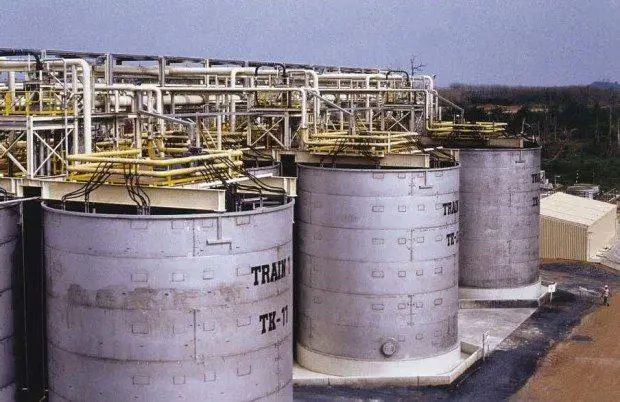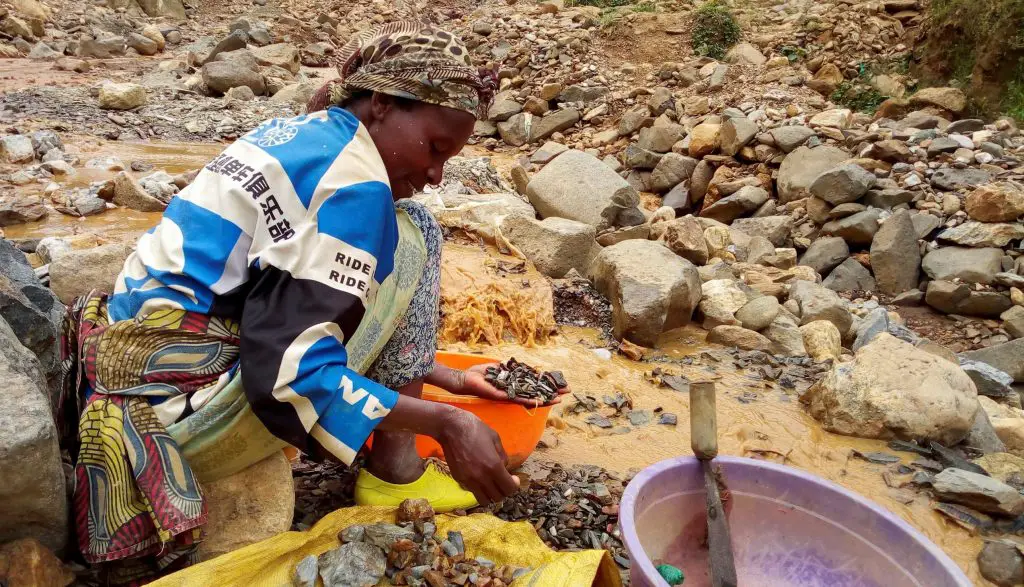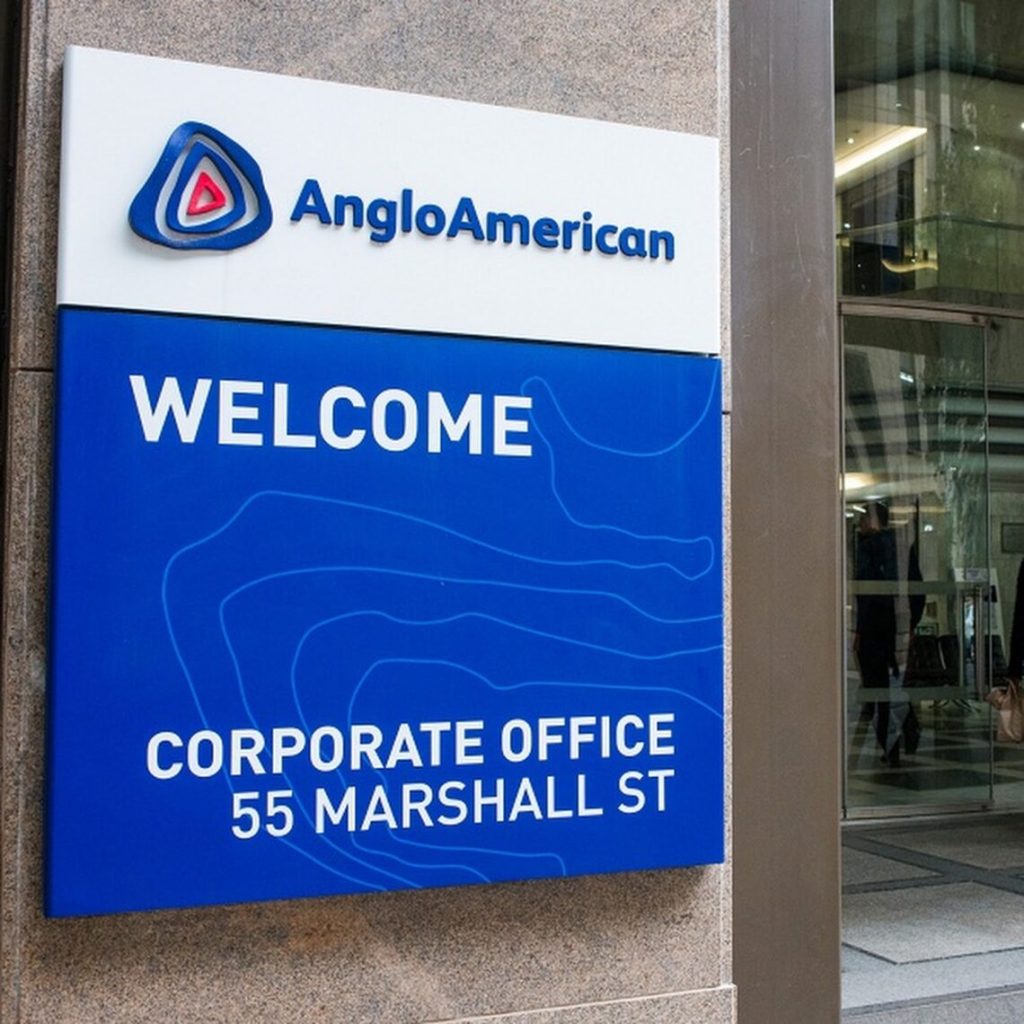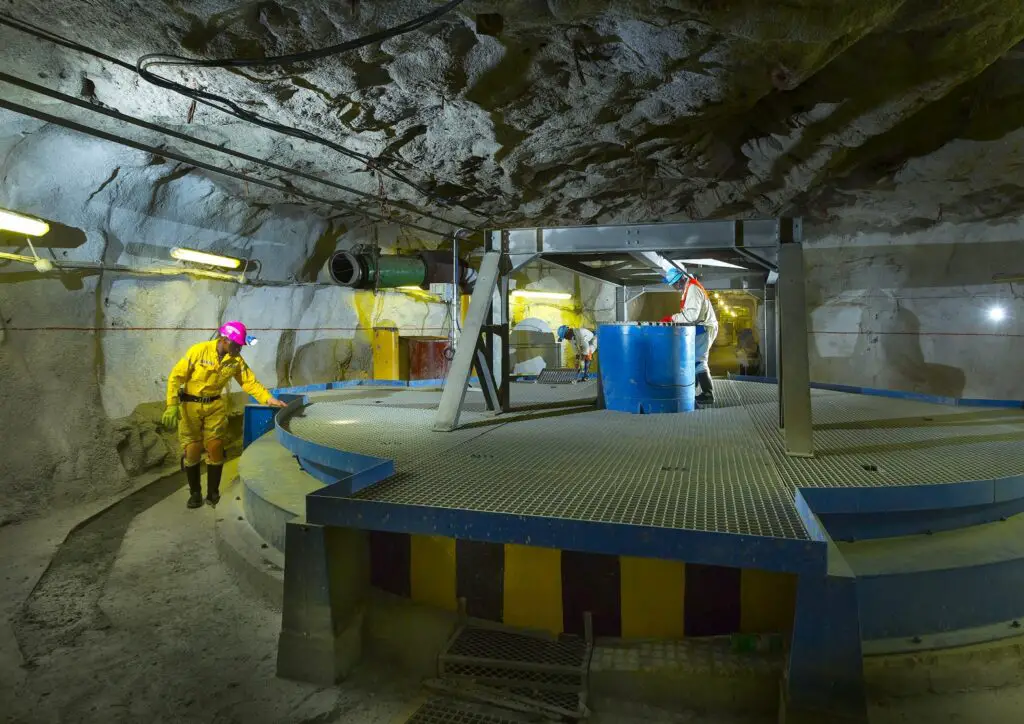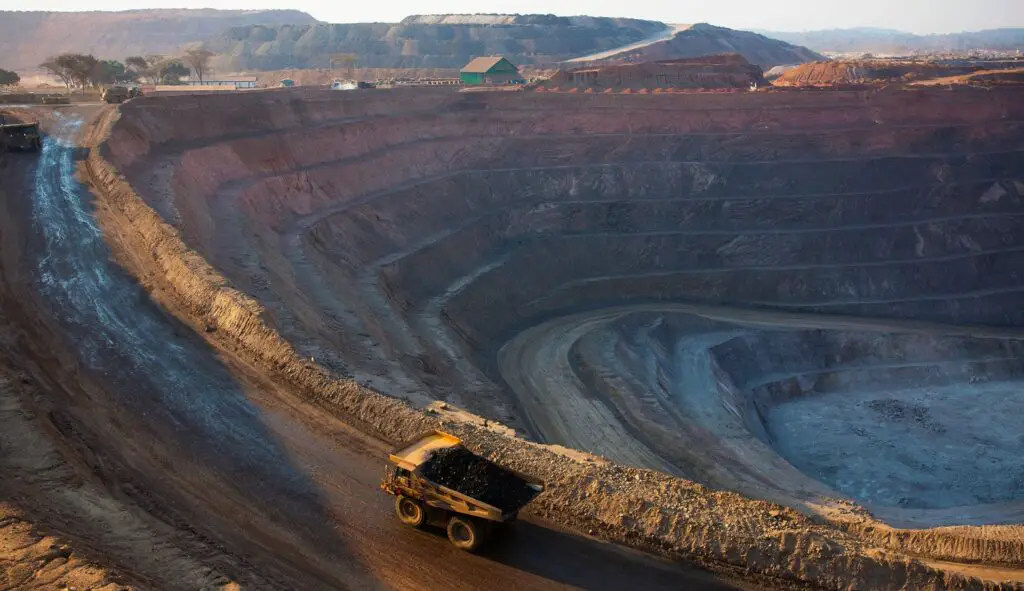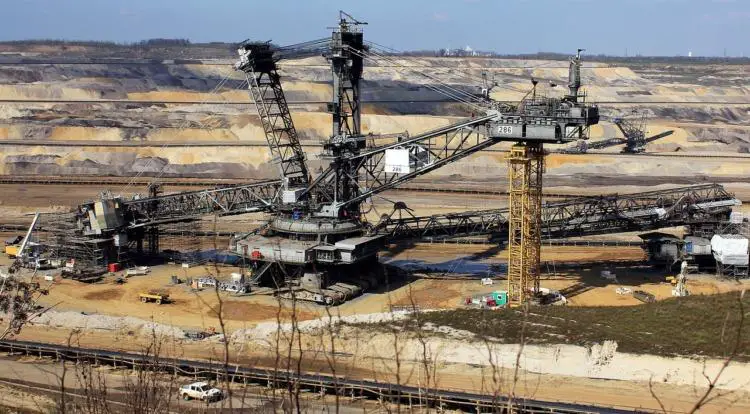- Africa’s new dawn: the rising role of digital and AI in agriculture
- Can Dangote Refinery Transform Africa Energy Ambition
- Gallup Survey: 80 per cent of Kenyan Workers Are Disengaged and Seek New Opportunities
- Madagascar Man Freed from 5KG Tumor After 15-Year Struggle
- How women in Africa are perceived and treated
- Sugar consumption in Kenya to Increase to 1.23 Million Tonnes
- Can Somalia and Turkey Oil deal Bring Change in Somaliland
- Remittances to Kenya dropped to $371.6 million in June, marking a six month low
Browsing: Mining
Biological Oxidation is the latest technology that ensures better processing of gold ores with high Sulphur content. Ores at Cam and Motor gold mine have high Sulphur concentration increasing cyanide consumption during the leaching process.
The technology uses bacteria to reduce Sulphur content before cyanidation. The mine is reported to have received 20 litres of bacteria from neighbouring South Africa and has developed enough to feed the three tanks. This innovative solution for the treatment of ores significantly reduces cyanide consumption, therefore reducing operating costs.
The BIOX plant is one of the key projects expected to get the firm’s turnaround strategy back on track. According to RioZim’s abridged press circular, recent geological and metallurgic test work revealed that with the current technology and the grades of ore, Cam and Motor can produce significant amounts of gold at a competitive cost of production.…
- Angola has discovered demanded rare earth minerals for vehicles and wind-farms making
- Angola targets to become the largest diamond producer in the world by 2023
- Gold production is another section Angola eyes to explore
Angola is shaping the face of mining in Africa. It stands out as one of the continent’s most vibrant economies working towards diversifying its economy. As one of the leading energy producers on the continent, Angola has a unique potential for minerals mining as well. Angola is widely known for its vibrant diamond mining operations that pump life into its economy. Angola Exploration Mining Resources, FERRANGOL, Petril Phosphates, Minbos Resources, ITM Mining, Lumanhe, ENDIAMA and Axactor are top miners propelling Angola mining sector to prosperity.
The current government of Angola is striving to observe robust policies and build a strong mining industry to overcome negative effects that may lead to an over-dependence on natural resources. …
The company in 2021 generated profits or EBITDA in the region of US$ 20.6 billion from its specified businesses according to its website. For perspective, this EBITDA figure is about the size of the GDP of Zimbabwe. Shareholders of the company received US$ 6.2 billion in 2021. The strong financial showing according to the company was due to increased production which was up 5% year on year, stronger prices for its products and consequently much higher margins.
Cutifani stressed that the solid numbers produced by his company were not just good for shareholders but were good for all stakeholders and the communities where Anglo operates. The company paid US$ 7.1 billion in taxes in 2021. This number was 89% higher than the figure paid in 2020.
The EBITDA margin achieved in 2021 was 56% which was significantly higher than the 35% achieved the previous year. The high margins had a …
The financial results of the company began with a report of the company’s ESG performance. What stood out the most from the company’s report is that the company achieved zero fatalities during its operations in 2021. This is most exceptional given the nature of mining operations which are for the most part dangerous.
Most if not all Anglo-Plat’s peers have reported reduced or reduced fatalities in their operations but not always a zero-fatality rate. This was attributable to what the company calls their Elimination of Fatalities (EoF) strategy. The strategy focuses on the most common causes of fatalities across Anglo American.
Its purpose is to use what the company calls “accumulated learnings from a wide range of fatalities” and use that data to take a more proactive approach to prevent incidents that result in the loss of life. The strategy has paid off resulting in an outlier performance of zero …
Strong demand for its commodities was the result of supply chain disruptions being experienced the world over. Nagle who succeeded long time chief executive Ivan Glasenberg stated that coal was the star of the show for the company. The high demand for coal was the result of little to no activity being done by mining companies worldwide in terms of building coal mines.
These days coal is not only a dirty commodity but “coal mining” is a dirty word so to speak. It borders on profane in a world that is now strongly driven by ESG to even mention the development of a coal mine. That being the case many players in the coal mining space are finding it increasingly difficult to secure funding for coal mine development projects.
This has played well into the hands of Glencore which has happily supplied the so-called dirty commodity to eager customers. Shareholders …
Given these enabling circumstances, KKR offered to buy out RJR and reorganize the business and optimize value from its operations. This initial attempt was not warmly received, and RJR sought other investment companies to purchase it. What then ensued was what members of the investment community call putting the company in play.
This describes a scenario where one company is actively pursued by several suitors who desire to purchase it. In the end KKR triumphed albeit having paid a massive premium for the company. Unfortunately, the company did not realize the gains that it had envisaged it would.
The Nabisco operation of the company was spun off into a separate entity and the tobacco interests were also kept separate. All the gains the company anticipated it would make were swallowed up by tobacco lawsuits so that by 1994 the KKR had all but written off its investment in RJR Nabisco.…
Anglo American, the mining behemoth took the decision on May 7th, 2021 to divest from its South African thermal coal and demerge its assets in this space into a separately listed entity that it chose to name Thungela Resources. The name “Thungela” comes from the Zulu word meaning to “ignite” or to “set alight” or to “set on fire”. This new mining outfit was formally demerged and listed on the Johannesburg and London Stock Exchanges on June 7th, 2021 and it presented its first set of interim financial results as a standalone entity in July. Its results exceeded expectations from the market which was quick to subscribe to its shares and doubled its share price over the course of the month. The company’s name seems very instructive given this background. It has literally set light to its shares by delivering a very impeccable set of numbers …
The government of Zimbabwe through its ministry of mines and mineral development expressed its intent to create and develop a US$12 billion mining industry by 2023. This is not a far-fetched goal. It is feasible especially since this number is approximately the same amount that one large global mining company, Rio Tinto, earned as profits in the six months to June this year. The mining industry in Zimbabwe is estimated to be worth in the region US$4 billion.
The southern African country can achieve this in two years provided it meets certain conditions precedent for the growth of the mining sector. Natural resources are available in vast commercial quantities, and they are diverse. The US Department of Commerce through its International Trade Administration (ITA) division described the sector as “the best prospect industry” for the nation.
There is great potential in the mining sector that can be harnessed for …
In the latest global index report released by a New York based Natural Resource Governance Institute (NRGI), a non-profit entity that advocates for good governance in natural resources, Uganda’s Petroleum and mining sector scored 49 per cent and 55 per cent, respectively.
This score by the Ugandan Oil sector according to the index released last week, was propelled by among other factors, improvements in revenue transparency, corporate governance of state-owned Uganda National Oil Company, and reporting on the performance of the Petroleum Fund.
“Despite the positive upward trend, challenges remain, placing governance of Uganda’s oil and gas sector in the “weak” performance band,” the index report reads in part.
The ratings, the index noted, received a “failing” score, hampered by absence of a cadaster, lack of beneficial ownership, rules on public disclosures and government’s failure to disclose contracts with oil companies – French Total Energies EP, and China’s CNOOC.
This …
The African continent has been endowed with about 30 per cent of the world’s total mineral reserves with over 60 different types of minerals. If more geological surveys are conducted systematically there is potential to discover even more extensive tracts of mineral deposits.
Minerals are vital inputs in the production of a broad range of consumer goods, infrastructure and agricultural materials and they are also used in making transport, communication and energy applications. Minerals are a necessity in the industrialisation of many nations across the globe.…





